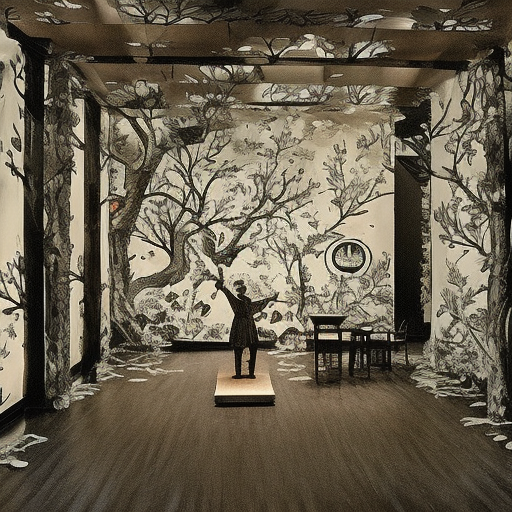Summary: Playwriting is the art of creating written works for the theater. It involves crafting compelling stories, developing characters, and constructing dialogue that can be performed on stage. Playwrights use various techniques to convey their ideas and engage audiences, including structure, conflict, and symbolism. Through their work, they explore a wide range of themes and emotions, providing a unique form of entertainment and reflection.
Introduction
Playwriting is a form of literary art that focuses on creating scripts for the theater. It is a collaborative process that involves the playwright, actors, directors, and designers working together to bring a story to life on stage. Playwrights use their creativity and imagination to construct narratives that captivate audiences and explore the human condition.
Elements of Playwriting
Playwriting encompasses several essential elements that contribute to the overall success of a play. These elements include plot, characters, dialogue, setting, and theme. The plot refers to the sequence of events that unfold in the play, while characters are the individuals who drive the story forward. Dialogue is the spoken words of the characters, and the setting is the time and place in which the play takes place. Theme refers to the underlying message or central idea of the play.
Techniques in Playwriting
Playwrights employ various techniques to engage audiences and convey their ideas effectively. One such technique is the use of structure. Plays often follow a three-act structure, with an introduction, rising action, climax, falling action, and resolution. This structure helps create tension and build suspense throughout the play. Another technique is the use of conflict, which drives the plot and creates dramatic tension. Conflict can arise from internal struggles within characters or external conflicts between characters.
Symbolism is another technique used in playwriting. Playwrights use symbols to represent abstract ideas or concepts. These symbols can be objects, actions, or even characters themselves. Symbolism adds depth and layers of meaning to the play, allowing audiences to interpret the work on multiple levels.
Themes in Playwriting
Playwrights explore a wide range of themes in their work. These themes can include love, betrayal, power, identity, justice, and many others. By examining these themes, playwrights provide audiences with a unique form of entertainment and reflection. They challenge societal norms, provoke thought, and encourage dialogue on important issues.
Playwriting Process
The process of playwriting involves several stages. It begins with the initial idea or concept, which the playwright develops into a detailed outline or treatment. From there, the playwright creates the dialogue and fleshes out the characters. Revisions and edits are made throughout the process to refine the play and ensure its effectiveness on stage.
Famous Playwrights
Throughout history, numerous playwrights have made significant contributions to the art form. William Shakespeare is perhaps the most well-known playwright, with works such as “Romeo and Juliet,” “Hamlet,” and “Macbeth” still performed today. Other notable playwrights include Tennessee Williams, Arthur Miller, Anton Chekhov, and August Wilson, among many others.
Conclusion
Playwriting is a complex and creative art form that allows playwrights to bring stories to life on stage. Through their use of structure, conflict, symbolism, and themes, playwrights engage audiences and provide a unique form of entertainment and reflection. The process of playwriting involves careful crafting of dialogue, characters, and plot, resulting in a compelling and thought-provoking theatrical experience.












